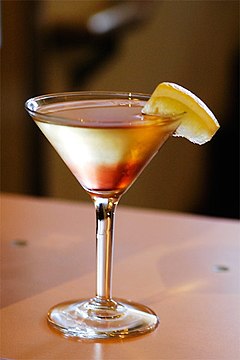
Shoppers nervous about foodborne illnesses may turn to foods produced at smaller farms or labeled "local," "organic" or "natural" in the hopes that such products are safer. But a small outbreak of salmonella in organic eggs from Minnesota shows that no food is immune to contamination.
While sales for food produced on smaller operations have exploded, partially fueled by a consumer backlash to food produced by larger companies, a new set of food safety challenges has emerged. And small farm operations have been exempted from food safety laws as conservatives, farmers and food-lovers have worried about too much government intervention and regulators have struggled with tight budgets.
The government has traditionally focused on safety at large food operations — including farms, processing plants, and retailers — because they reach the most people. Recent outbreaks in cantaloupe, ground turkey, eggs and peanuts have started at large farms or plants and sickened thousands of people across the country.
"While it's critical that food processors be regularly inspected, there is no way the Food and Drug Administration would ever have the resources to check every farm in the country, nor are we calling for that," says Erik Olson, a food safety advocate at the Pew Health Group.
"Unfortunately, there are regulatory gaps, with some producers being completely exempt fromFDA safeguards."
The FDA, which oversees the safety of most of the U.S. food supply, often must focus on companies that have the greatest reach. A sweeping new egg rule enacted last year would require most egg producers to do more testing for pathogens. Though the rule will eventually cover more than 99 percent of the country's egg supply, small farms like Larry Schultz Organic Farm of Owatonna, Minn., would not qualify. That farm issued a recall last week after six cases of salmonella poisoning were linked to the farm's eggs.
A new food safety law President Barack Obama signed earlier this year exempts some small farms as a result of farmers and local food advocates complaining that creating costly food safety plans could cause some small businesses to go bankrupt. The exemption covers farms of a certain size that sell within a limited distance of their operation.
Food safety advocates unsuccessfully lobbied against the provision, as did the organic industry. Christine Bushway of the Organic Trade Association, which represents large and small producers, says food safety comes down to proper operation of a farm or food company, not its scale.
"How is the farm managed? How much effort is put into food safety?" she asks. "If you don't have really good management, it doesn't matter."
Smaller farms do have some obvious food safety advantages. Owners have more control over what they are producing and often do not ship as far, lessening the chances for contamination in transport. If the farm is organic, an inspector will have to visit the property to certify it is organic and may report to authorities if they see food being produced in an unsafe way. Customers may also be familiar with an operation if it is nearby.
But those checks aren't fail-safe. The FDA has reported at least 20 recalls due to pathogens in organic food in the last two years, while the Agriculture Department, which oversees meat safety, issued a recall of more than 34,000 pounds of organic beef last December due to possible contamination with E. coli.
Egg safety is equally ambiguous. While many people like to buy cage-free eggs, those chickens may be exposed to bacteria on the grounds where they are roaming.
So what can a consumer do? Experts say to follow the traditional rules, no matter what the variety of food. Cook foods like eggs and meat, and make sure you are scrubbing fruit and cleaning your kitchen well.
Do your part, and hope for the best, the experts say.
"Labels like organic or local don't translate into necessarily safer products," says Caroline Smith DeWaal of the Center for Science in the Public Interest. "They are capturing different values but not ensuring safety."
Bushway of the Organic Trade Association says one of the best checks on food safety is the devastating effect a recall or foodborne illness outbreak can have on a company's bottom line.
"It's just good business to make sure you are putting the safest products on the market," she says.
















